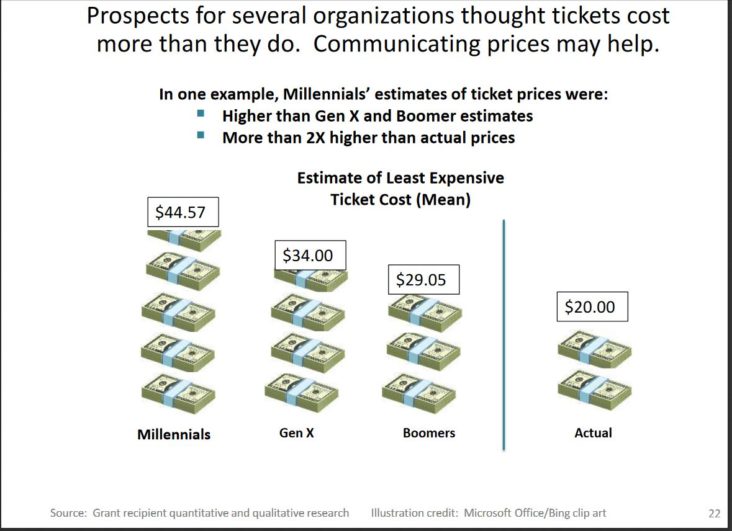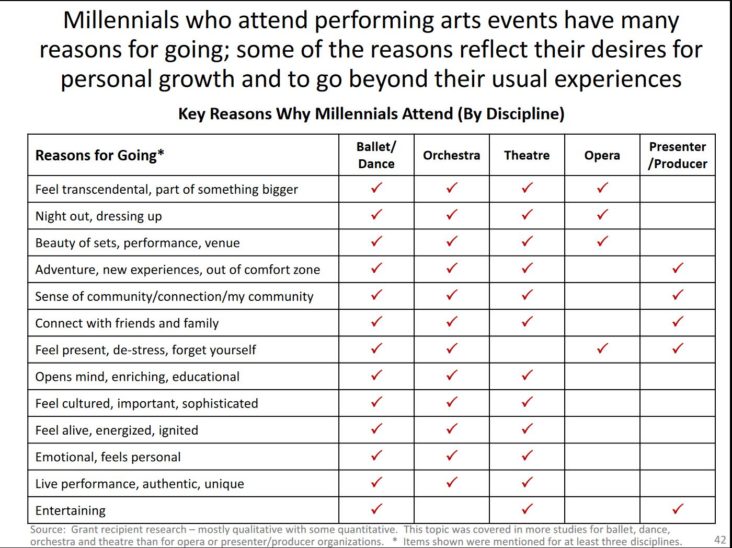A few years back I had organized a panel on presenting the work of contemporary indigenous artists at the Association of Performing Arts Presenters conference. We were fortunate to have Moss Patterson of New Zealand’s Atamira Dance Company on the panel. Prior to the panel we had a good discussion about various issues facing artists who were representing their cultural practices. It is a really complicated, but interesting subject.
One of the things Moss kept mentioning was that treaty and law guaranteed the Maori cultural expressions belonged to them. I wasn’t entirely clear to me at the time why this was important because it seemed obvious that a culture could lay claim to its traditional expressions.
Okay, in my defense, the APAP conference is a really busy environment and not exactly conducive to contemplation.
It wasn’t until Andrew Taylor tweeted about Maya weavers in Guatemala who are advocating for collective intellectual property protection for their textiles that I made the connection with Moss’ comments.
The bill has two objectives. First, it calls for a recognition of a definition of collective intellectual property, which is linked to the right of Indigenous Peoples to administer and manage their heritage. Second, it asks that indigenous nations be recognized as authors, in which case they would automatically benefit from intellectual property law. Recognizing indigenous nations as authors just like individuals or companies means that corporations that benefit from the export of Maya hand-woven goods will have to pay royalties to the communities who are the authors of huipiles.
Based on this, I did a little research on intellectual property law and Maori culture and found a heavily annotated summary on the Library of Congress page. The article provides a more detailed understanding of the factors.
…issues include the use of Māori symbols or language in trademarks and inappropriate use of customary knowledge and expressions in products, advertising, and for other commercial purposes. In general, Māori consider that they are unable to exercise control of the trade of their culture in any real or comprehensive sense under the traditional intellectual property framework, and that they are also not reaping the benefits of this trade, whether nationally or internationally.
The fact that certain knowledge or cultural expressions may be seen from a non-Māori or “Western” perspective as having entered the “public domain” is important in considering the type and level of protection that can be achieved. This concept is not necessarily recognized by Māori and other indigenous peoples for whom the cultural knowledge forms an integral part of their history and identity as both individuals and as a group
[…]
The Ka Mate haka “has become a symbol, not only of the All Blacks, but of New Zealand and all its people.”…it has also been used, satirically or otherwise, in foreign advertisements for Italian cars, Scottish whisky, and for a British employment website.Māori people, and particularly the Ngāti Toa tribe of the warrior chief Te Rauparaha, who authored the haka in 1821, have taken offense and expressed their anger at the inappropriate use of the words and actions,…
The recent anger caused by the Halloween costume of the Polynesian demi-god Maui from Disney’s Moana movie may provide a relateable example of the type of things that cause concern for Maori (among other Polynesian cultures in which Maui plays a part).
My goal here isn’t get make statements about the evils of cultural appropriation, just to provide an expanded context and history of the topic from different perspectives.
For Maori, these rights extend back to 1840 and have been the basis of many laws, initiatives, debates and legal proceedings since then. On the other hand, there are emerging efforts to secure intellectual property rights in other places around the world like Guatemala. I wouldn’t be surprised if similar efforts emerged in the United States as digital media make appropriation easier and corporate efforts to perpetuate IP rights for long periods of time continue.




There is another way. The Gewandhaus Leipzig in Germany (concert venue) offers flex- tickets for a small premium. Not an…